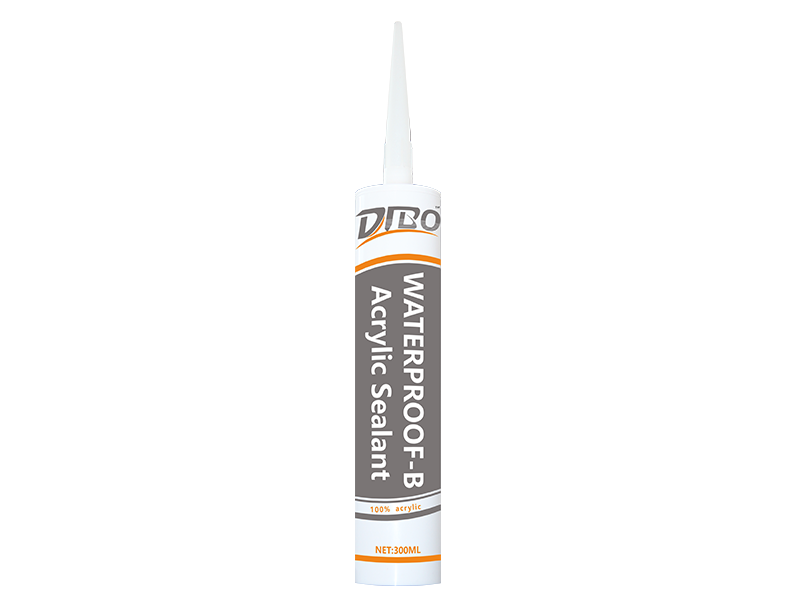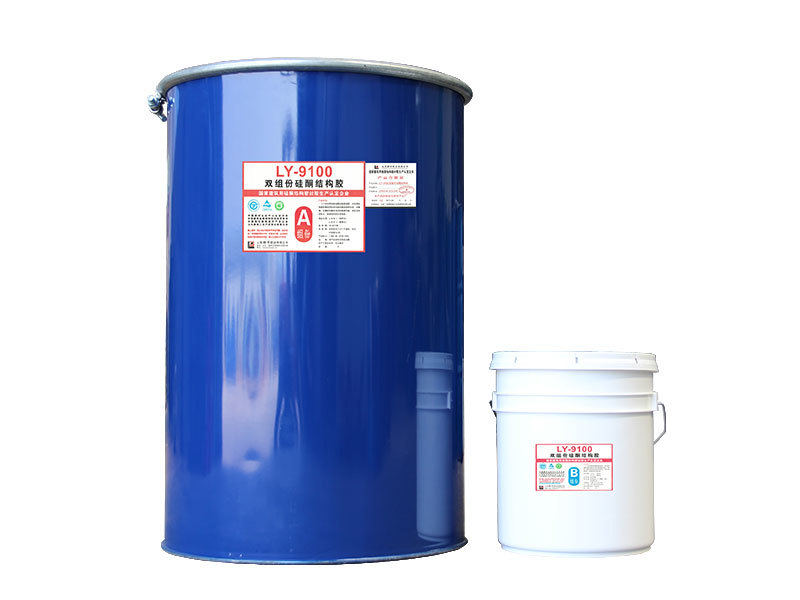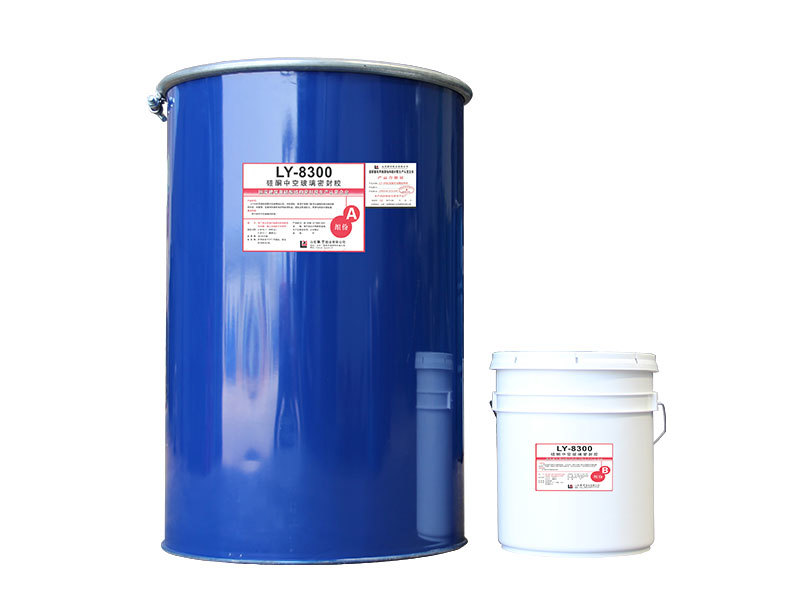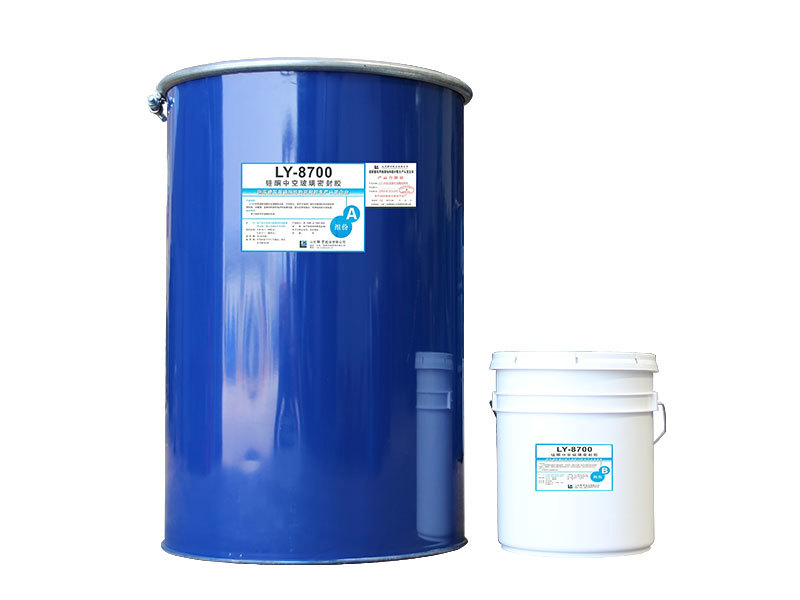A Comprehensive Guide to Acrylic Caulking Sealant: Benefits and Applications
Upload Time:
2025-03-26
Acrylic caulking sealant is a versatile and widely used product in the construction and repair industries. Made primarily from acrylic polymer, this sealant is known for its excellent adhesion to a variety of surfaces, including wood, metal, glass, and masonry. The primary function of acrylic caulking is to fill gaps and cracks, providing a flexible and durable seal that can withstand the elements

Acrylic caulking sealant is a versatile and widely used product in the construction and repair industries. Made primarily from acrylic polymer, this sealant is known for its excellent adhesion to a variety of surfaces, including wood, metal, glass, and masonry. The primary function of acrylic caulking is to fill gaps and cracks, providing a flexible and durable seal that can withstand the elements while maintaining a clean appearance.
One of the most significant benefits of acrylic caulking sealant is its ease of application. Available in both tube and cartridge forms, it can be easily applied with a caulking gun. This makes it a favorite among homeowners and professionals alike who need a reliable solution for sealing joints and seams. Moreover, acrylic sealants are paintable, allowing you to achieve a seamless finish that blends with your project’s aesthetics.
Another advantage of acrylic caulking sealant is its water resistance. While it may not be as waterproof as some silicone sealants, it can effectively resist moisture, making it suitable for indoor areas like kitchens and bathrooms. However, it’s essential to note that while acrylic sealants can be used outdoors, prolonged exposure to harsh weather conditions may affect their longevity. Therefore, it's crucial to select the right product based on your specific application needs.
In terms of curing time, acrylic caulking sealants typically dry quickly, allowing you to sand or paint over them within a few hours. This quick-drying feature is particularly beneficial for projects requiring multiple steps and finishes. Furthermore, many acrylic sealants are low in volatile organic compounds (VOCs), making them environmentally friendly options compared to other sealants that may emit harmful fumes.
When it comes to choosing the right acrylic caulking sealant, consider factors such as flexibility, adhesion, and paintability. Not all acrylic sealants are created equal; some are formulated for specific applications, such as window and door framing, while others may be better suited for interior trim and moldings. It’s essential to read product specifications and choose a sealant that aligns with your project requirements.
In summary, acrylic caulking sealants are a reliable choice for both professional and DIY projects. Their ease of use, quick-drying properties, and paintable finishes make them an excellent option for a variety of applications. Understanding the benefits and optimal uses of acrylic caulking sealant empowers you to achieve better results in your sealing and repair tasks, enhancing the overall quality of your work.
One of the most significant benefits of acrylic caulking sealant is its ease of application. Available in both tube and cartridge forms, it can be easily applied with a caulking gun. This makes it a favorite among homeowners and professionals alike who need a reliable solution for sealing joints and seams. Moreover, acrylic sealants are paintable, allowing you to achieve a seamless finish that blends with your project’s aesthetics.
Another advantage of acrylic caulking sealant is its water resistance. While it may not be as waterproof as some silicone sealants, it can effectively resist moisture, making it suitable for indoor areas like kitchens and bathrooms. However, it’s essential to note that while acrylic sealants can be used outdoors, prolonged exposure to harsh weather conditions may affect their longevity. Therefore, it's crucial to select the right product based on your specific application needs.
In terms of curing time, acrylic caulking sealants typically dry quickly, allowing you to sand or paint over them within a few hours. This quick-drying feature is particularly beneficial for projects requiring multiple steps and finishes. Furthermore, many acrylic sealants are low in volatile organic compounds (VOCs), making them environmentally friendly options compared to other sealants that may emit harmful fumes.
When it comes to choosing the right acrylic caulking sealant, consider factors such as flexibility, adhesion, and paintability. Not all acrylic sealants are created equal; some are formulated for specific applications, such as window and door framing, while others may be better suited for interior trim and moldings. It’s essential to read product specifications and choose a sealant that aligns with your project requirements.
In summary, acrylic caulking sealants are a reliable choice for both professional and DIY projects. Their ease of use, quick-drying properties, and paintable finishes make them an excellent option for a variety of applications. Understanding the benefits and optimal uses of acrylic caulking sealant empowers you to achieve better results in your sealing and repair tasks, enhancing the overall quality of your work.
Relevant News




